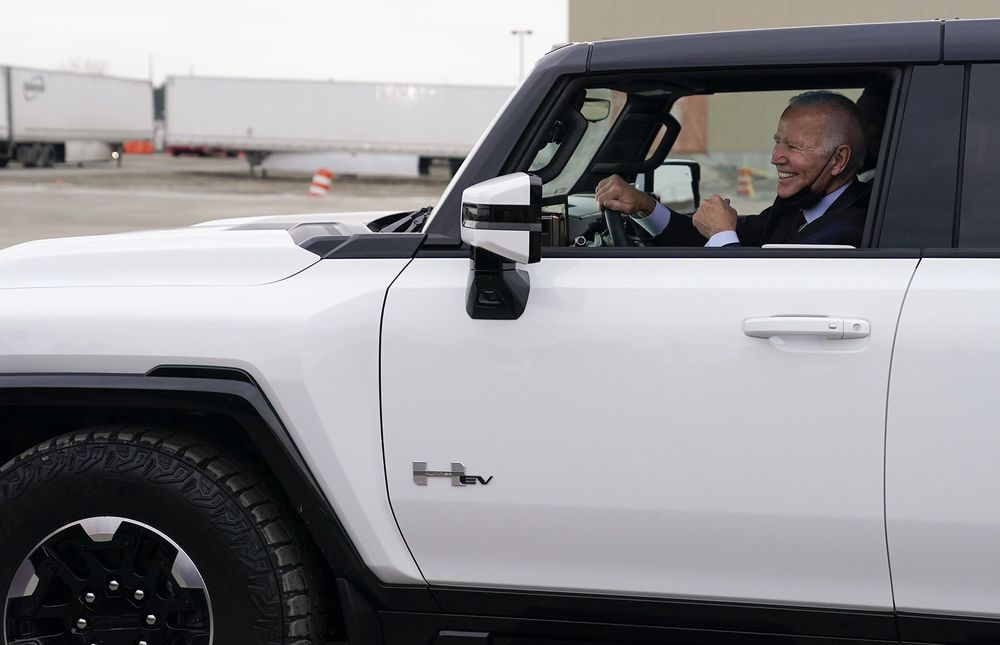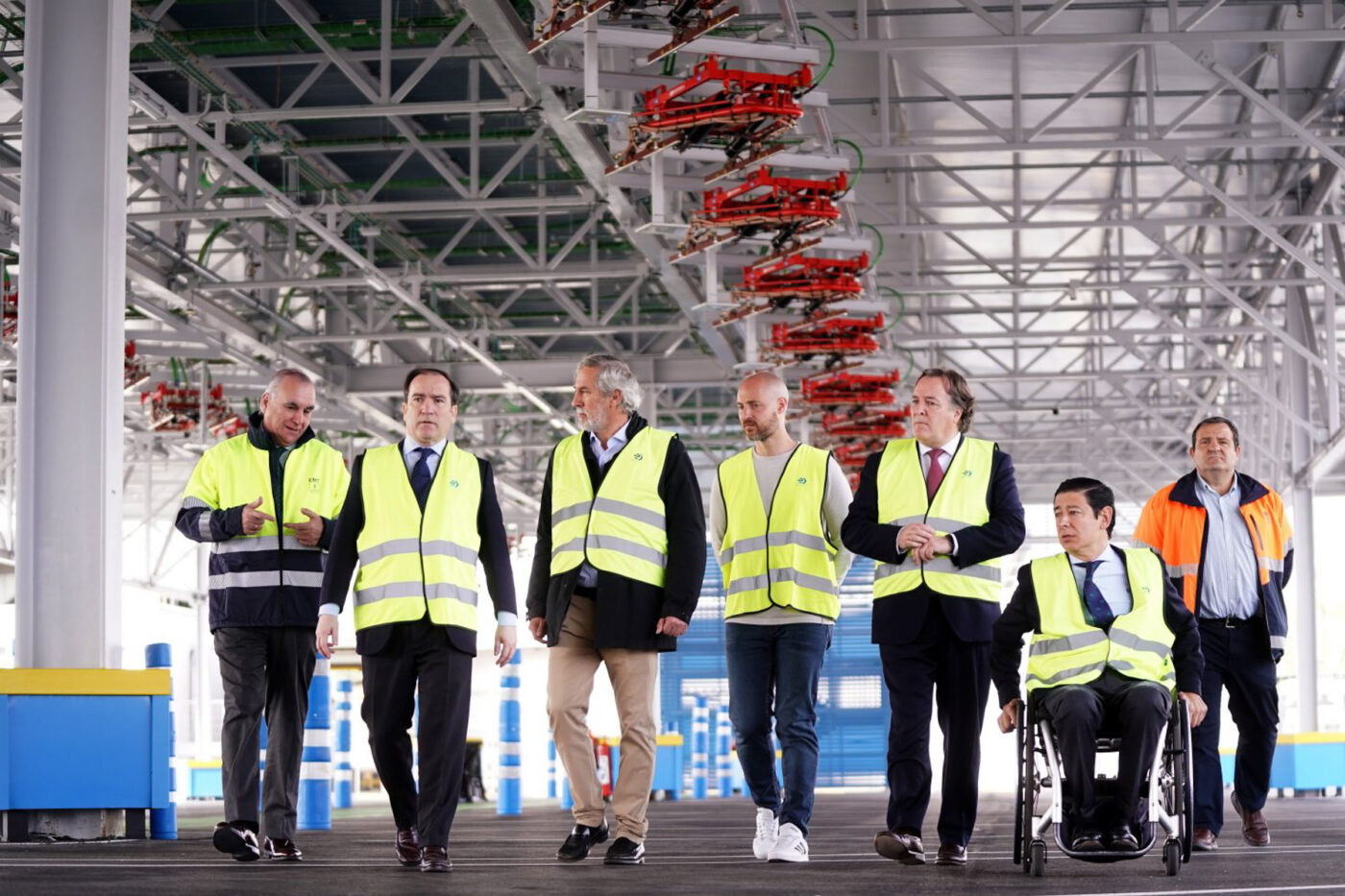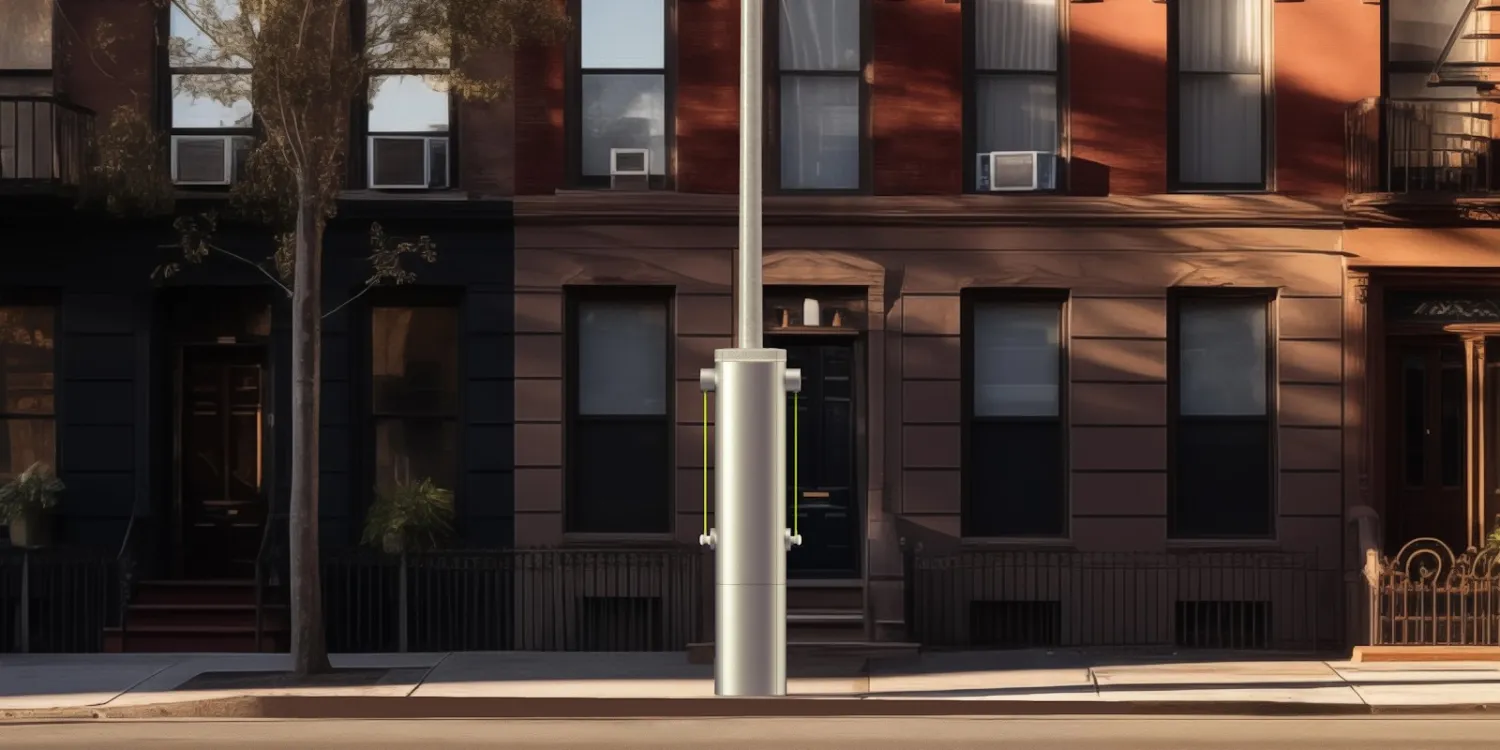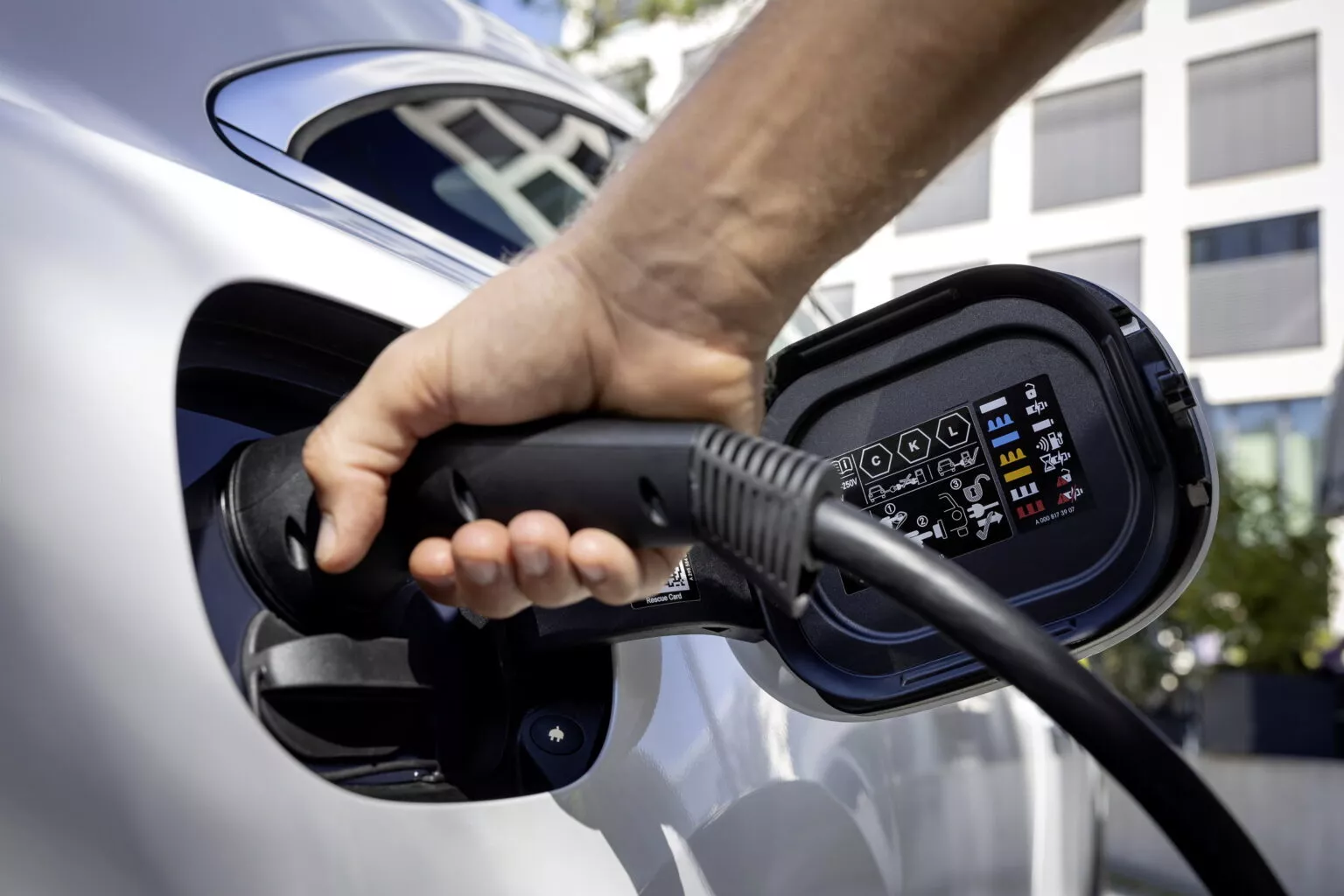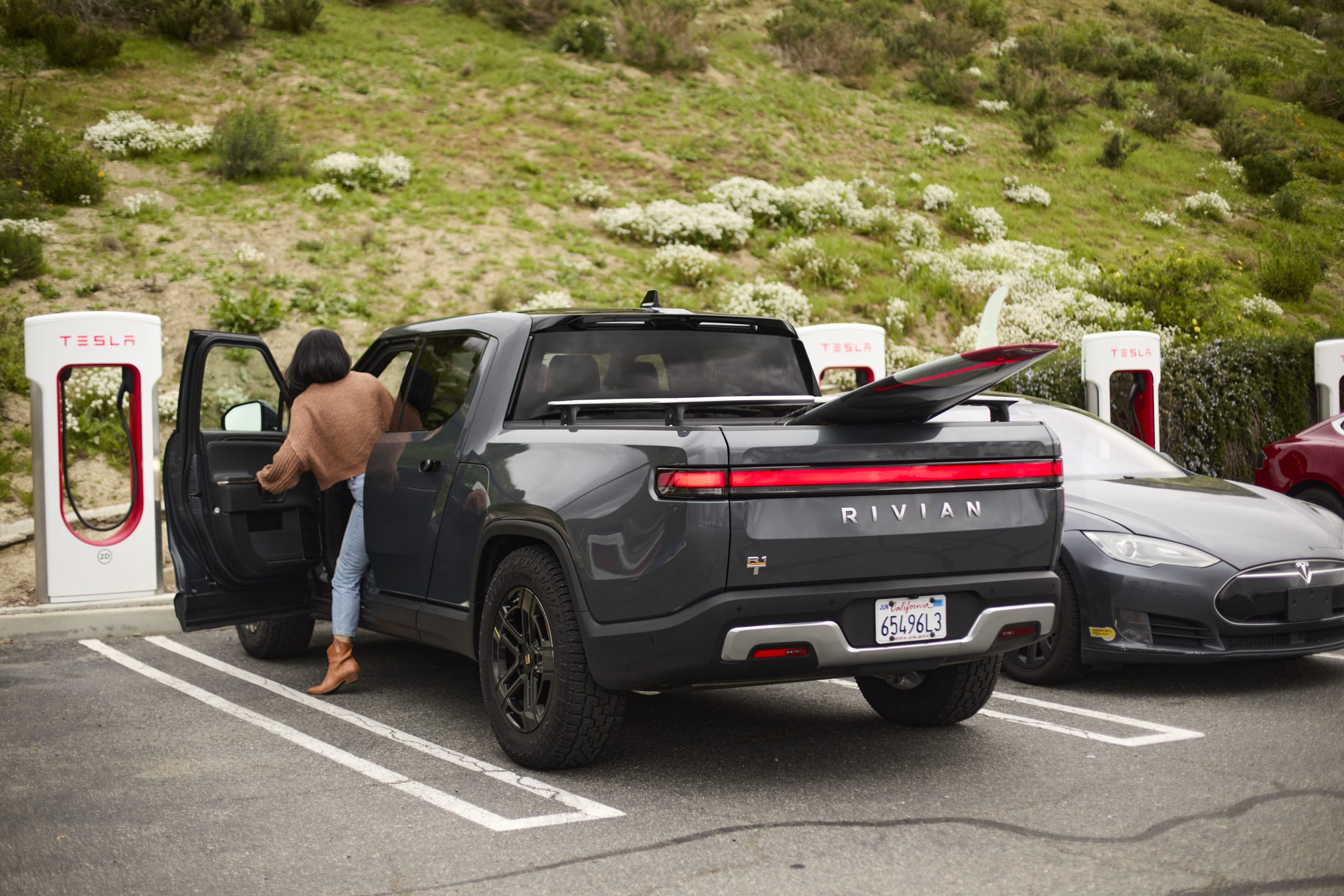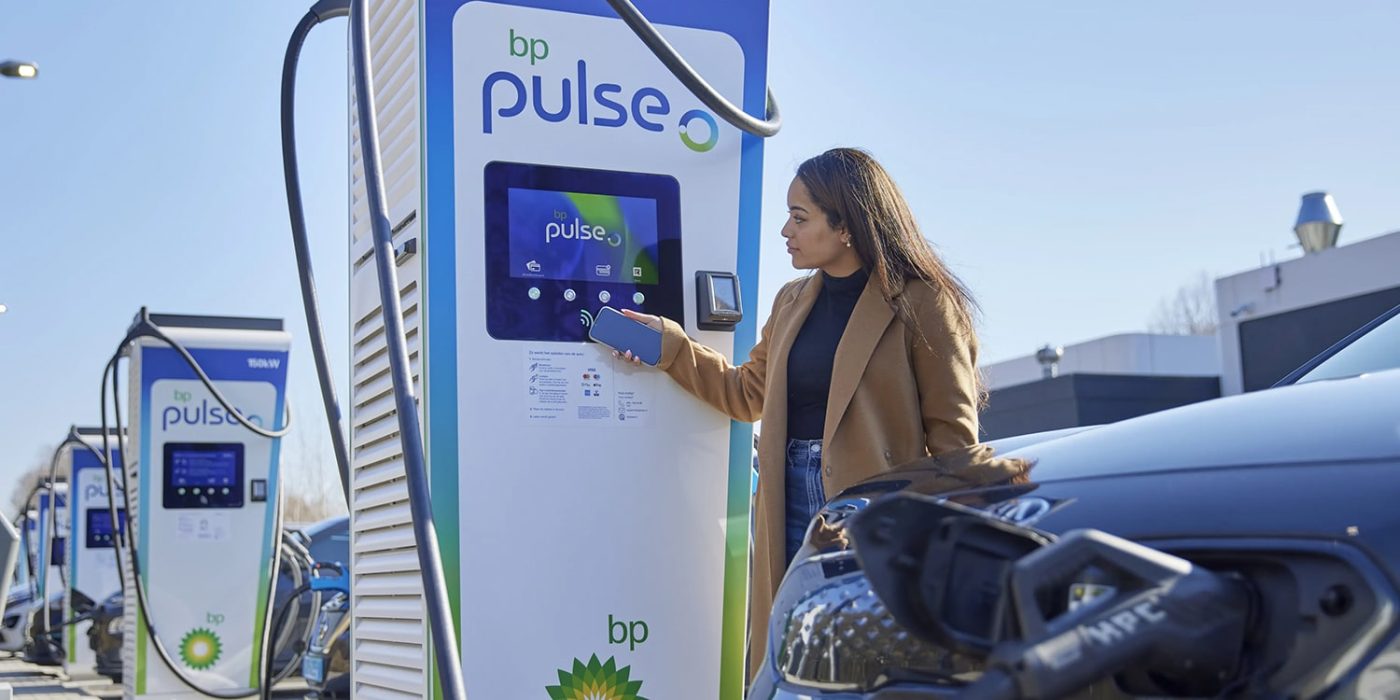Since the Biden administration announced a $7.5 billion investment to establish a nationwide EV charging network over two years ago, progress has been slow. Despite the ambitious goal of having 500,000 charging points in operation, as of March 2024, just seven EV charging stations have been built using these funds.
The administration allocated $5 billion to individual states to build chargers along major highways. However, the process to activate these funds has proven lengthy, as states need to submit plans to the administration and then solicit bids for the work.
The seven stations that have been built so far are located in Hawaii, New York, Ohio, and Pennsylvania, providing charging points for 38 vehicles. Additionally, stations are under construction in four other states, with twelve other states awarded contracts for constructing new charging stations.
Analysts from Atlas Public Policy suggest that the administration’s investments could support the construction of up to 5,000 stations or around 20,000 charging points. Founder Nick Nigro acknowledges some delays but believes things will accelerate in 2024, stating, “I expect it to go much faster in 2024.”
One reason for the slow roll-out is the strict requirements for publicly funded chargers. Guidance from the administration mandates that these chargers must work 97% of the time, each provide 150 kW of power, and be no more than one mile from an interstate.
A White House spokesperson remains optimistic, stating that the administration still believes the U.S. can have 500,000 charging points by 2026. However, some Republican members of the House of Representatives have raised concerns. In a recent letter to the administration, members Cathy McMorris Rodgers, Jeff Duncan, and Morgan Griffith expressed doubts about the slow roll-out, stating, “We have significant concerns that under your efforts American taxpayer dollars are being woefully mismanaged.”

